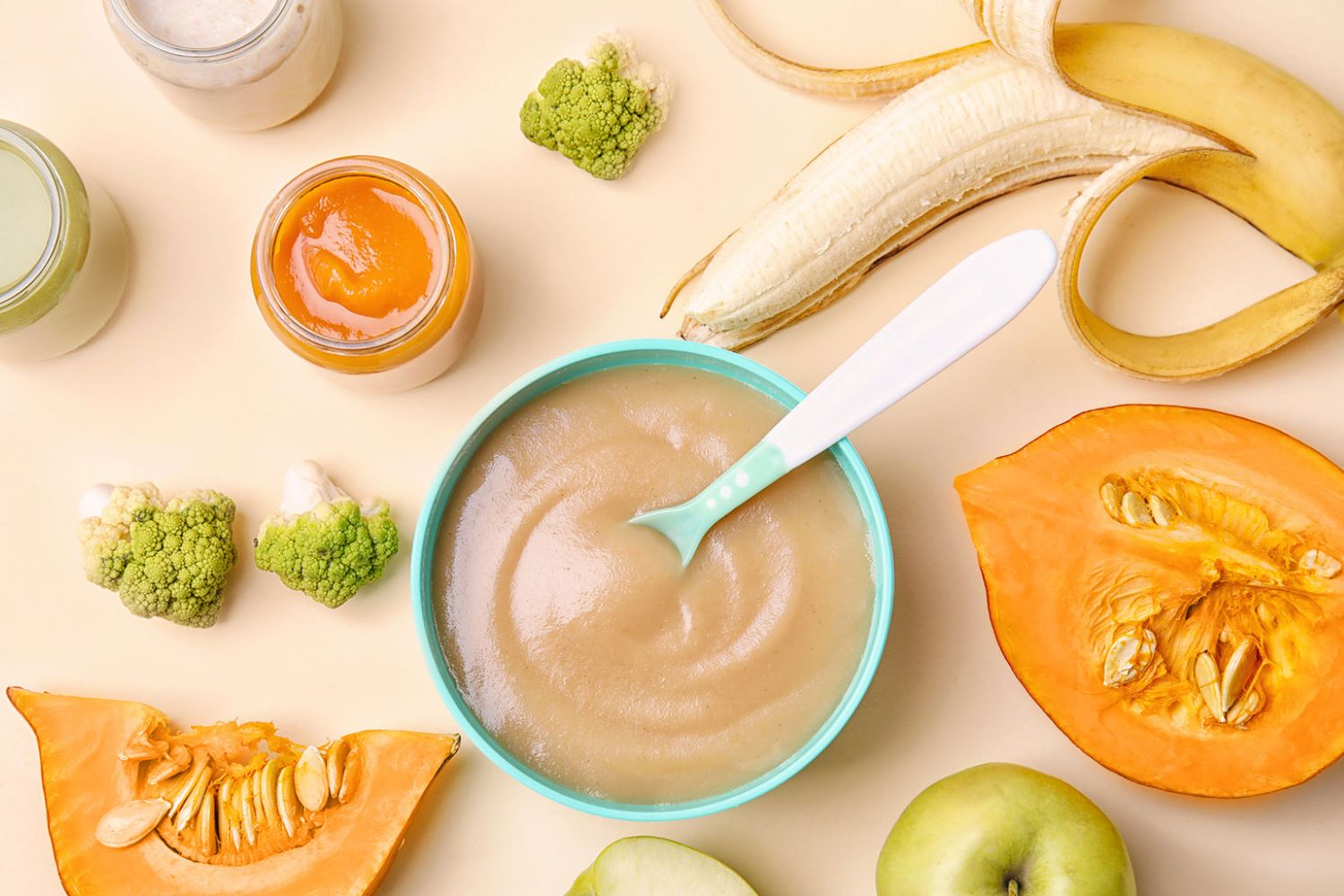

Articles
How To Store Homemade Baby Food
Modified: January 7, 2024
Learn the best methods for storing homemade baby food in this informative article. Discover useful tips and tricks to keep your baby's food fresh and nutritious.
(Many of the links in this article redirect to a specific reviewed product. Your purchase of these products through affiliate links helps to generate commission for Storables.com, at no extra cost. Learn more)
Introduction
When it comes to feeding your baby, nothing beats the goodness and nutrition of homemade baby food. Making your own baby food allows you to have full control over the ingredients, ensuring that your precious little one gets only the best. Plus, it can be a fun and rewarding experience for parents as they get to experiment with different flavors and textures.
In this article, we will explore the benefits of homemade baby food and guide you on how to store it properly. Whether you’re a new parent or an experienced one looking for tips on keeping homemade baby food fresh and safe, this article is for you.
Before we delve into storing homemade baby food, let’s take a moment to highlight the numerous advantages it offers.
First and foremost, homemade baby food allows you to provide your little one with a wide variety of nutritious and wholesome ingredients. You can choose organic produce, select the ripest fruits, and opt for fresh vegetables. By controlling the ingredients, you can avoid unnecessary additives and preservatives that commercial baby food may contain.
Furthermore, homemade baby food is more economical compared to store-bought options. With a little planning and preparation, you can make large batches of baby food at a fraction of the cost. This not only saves money but also ensures that your baby has a constant supply of nutritious meals.
Another benefit of homemade baby food is that you have the flexibility to customize the taste and texture according to your baby’s preferences. You can introduce a wide range of flavors, spices, and herbs, which can help develop your baby’s palate and encourage him or her to enjoy a diverse range of foods.
Now that we’ve highlighted the advantages of homemade baby food, let’s move on to the important aspects of storing it properly. Proper storage not only helps maintain the freshness and quality of the food but also ensures its safety for your little one.
Key Takeaways:
- Homemade baby food offers control over ingredients, cost-effectiveness, and customization. Proper storage, including portioning, labeling, and safe containers, ensures freshness and safety for your little one’s nutritious meals.
- Following safety guidelines, including cleanliness, proper cooking, and storage temperatures, is crucial for storing homemade baby food. Practicing safe thawing, reheating, and monitoring for spoilage ensures the best for your baby’s solid food journey.
Read more: How To Store Homemade Baby Food In Freezer
Benefits of Homemade Baby Food
There are numerous benefits to feeding your baby homemade food, and it goes beyond just knowing the ingredients. Let’s explore some of the key advantages:
- Control over Ingredients: Making your own baby food gives you complete control over what goes into your little one’s meals. You can choose fresh, organic ingredients and avoid artificial additives, preservatives, and excess sugar or salt. This allows you to provide your baby with the healthiest, most nutritious meals.
- Freshness and Quality: Homemade baby food is made with fresh ingredients, ensuring that your baby gets the maximum nutritional value from their meals. It also means that you can adjust the texture and consistency to match your baby’s developmental stage, allowing them to explore different tastes and textures at their own pace.
- Cost-Effective: Making your own baby food is often more economical than buying pre-packaged options. You can buy ingredients in bulk and freeze portions for later use, reducing overall costs. It also eliminates the need to continually purchase single-serving jars or pouches, saving you money in the long run.
- Customization: Homemade baby food allows you to cater to your baby’s preferences and needs. You can introduce a variety of flavors, textures, and combinations, promoting a diverse and nutritious diet. You can also take into account any allergies or dietary restrictions your baby may have and tailor their meals accordingly.
- Sustainability: By making your own baby food, you can reduce waste associated with packaging from store-bought options. You can use reusable containers and minimize your environmental impact. It’s a small step towards a more sustainable lifestyle for you and your baby.
- Bonding Experience: Preparing homemade baby food can be a bonding experience for parents and babies. Involving your little one in the preparation process, such as letting them choose ingredients or helping with simple tasks, can foster a love for food and create positive associations with mealtime.
Remember, while homemade baby food offers numerous benefits, it’s always recommended to consult with your pediatrician before introducing solids and to ensure that your baby’s diet meets their nutritional needs.
Preparing Homemade Baby Food
Preparing homemade baby food is a simple and rewarding process. By following a few basic steps, you can ensure that your baby gets healthy and nutritious meals. Here’s a step-by-step guide to help you get started:
- Choose the Right Ingredients: Select fresh, high-quality ingredients for your baby’s meals. Opt for organic produce whenever possible to minimize exposure to pesticides and chemicals. Fruits and vegetables should be ripe, while meats should be lean and free from additives.
- Wash and Prepare Ingredients: Thoroughly wash all fruits and vegetables before use to remove any dirt or residue. Peel and remove any seeds or pits as needed. Cut the ingredients into small, manageable pieces for cooking.
- Cooking Methods: There are various cooking methods you can use to prepare baby food, including steaming, boiling, baking, or microwaving. Steaming is ideal as it helps retain the maximum amount of nutrients. Avoid using excessive amounts of water or cooking for too long, as this can result in nutrient loss.
- Pureeing: Once the ingredients are cooked and tender, it’s time to puree them. You can use a blender, food processor, or immersion blender to achieve a smooth consistency. Add a small amount of water, breast milk, or formula to thin out the puree as necessary.
- Texture and Consistency: As your baby grows, you can adjust the texture and consistency of the food to match their developmental stage. Start with smooth purees and gradually introduce slightly chunkier textures as they become more accustomed to solid foods. This helps develop their chewing and swallowing abilities.
- Storage: Properly storing homemade baby food is essential to maintain its freshness and quality. We will explore storage methods in more detail in the next section.
Remember to always practice good hygiene while preparing baby food. Wash your hands and clean all utensils and equipment thoroughly before use. Store any leftovers in the refrigerator promptly and discard any uneaten food within a few days to ensure safety.
With a little planning and preparation, you can ensure that your baby has a variety of delicious and nutritious homemade meals to enjoy. Be creative and experiment with different flavors and combinations to keep mealtime exciting for both you and your baby!
Storing Homemade Baby Food
Properly storing homemade baby food is crucial to maintain its safety and freshness. Here are some essential tips to ensure that your baby’s meals stay nutritious and delicious:
- Choose the Right Containers: When it comes to storing homemade baby food, it’s important to use safe and appropriate containers. Opt for BPA-free, food-grade containers or ice cube trays for portioning. These containers should have tight-fitting lids to prevent any contamination or freezer burn.
- Refrigeration: If you plan to use the homemade baby food within a few days, refrigeration is the way to go. Let the food cool completely before transferring it to a clean, airtight container. Label the container with the date and contents, and store it in the refrigerator for up to 3 days.
- Freezing: Freezing is an excellent method to preserve homemade baby food for an extended period. Divide freshly made baby food into small portions based on your baby’s serving size. Pour the puree into ice cube trays or individual containers. Place them in the freezer and allow them to freeze completely.
- Portioning: Once the baby food is frozen, remove the cubes or portions from the trays and transfer them into labeled and dated freezer-safe bags or containers. This allows you to defrost only what you need for each meal, minimizing waste. Make sure to squeeze out excess air from the bags or use containers with minimal headspace to prevent freezer burn.
- Storage Duration: Properly frozen homemade baby food can be safely stored in the freezer for up to 3 months. It’s a good idea to practice “first in, first out” method, using the oldest batches first to maintain freshness.
- Thawing: When it’s time to use the frozen baby food, you have a few options for thawing. For quick thawing, place the desired portion in the refrigerator overnight. If you need to thaw it faster, you can use the microwave on low or defrost setting. Always stir the food well and check the temperature before serving to avoid hot spots.
- Food Safety: Proper hygiene practices are crucial when storing baby food. Always wash your hands thoroughly before handling the food and remember to clean all utensils and containers before and after use. Avoid refreezing any leftovers that have been thawed and discard any uneaten food within 2 hours of serving to minimize the risk of bacterial growth.
By following these storage guidelines, you can ensure that your baby’s homemade food remains safe, nutritious, and free from spoilage. It’s always better to be cautious and attentive when it comes to your baby’s meals.
Now that you know how to store homemade baby food properly, you can confidently prepare and stock up on nutritious meals for your little one. With a little bit of planning and organization, you can provide your baby with the best start to their solid food journey!
Choosing the Right Containers for Storage
When it comes to storing homemade baby food, choosing the right containers is essential. The right containers not only ensure the freshness and quality of the food but also make it convenient for portioning and serving. Here are some factors to consider when selecting containers for storing homemade baby food:
- Safety: First and foremost, prioritize safety. Choose containers that are made from BPA-free, food-grade materials that are free from harmful chemicals. Look for containers that are labeled as safe for use with food or specifically designed for baby food storage.
- Airtight and Leak-Proof: Opt for containers with tight-fitting lids to ensure an airtight and leak-proof seal. This helps to prevent any exposure to air, which can lead to spoilage or freezer burn. A secure seal also prevents any leakage during transport or storage.
- Portion Control: Select containers that are the right size for your baby’s portion. Smaller containers or ice cube trays work well for portioning meals when starting solids. As your baby grows and the portion sizes increase, larger containers with divided compartments can be practical for different food groups.
- Freezer-Safe: If you plan on freezing homemade baby food, make sure the containers you choose are freezer-safe. Not all containers can withstand freezing temperatures, so it’s important to check the manufacturer’s guidelines or look for containers specifically designed for freezer use.
- Ease of Use and Cleaning: Look for containers that are easy to fill, empty, and clean. Smooth surfaces and rounded corners make it easier to scoop out the food and clean the containers thoroughly. Dishwasher-safe containers can also be convenient for quick and easy cleaning.
- Labeling: It’s important to label the containers with the date and contents of the baby food. Choose containers that have a designated space for labeling or use adhesive labels that can be easily removed and replaced.
- Stackable: Consider containers that are stackable to maximize storage space in your refrigerator or freezer. Stackable containers make it easier to organize and access the baby food without taking up unnecessary space.
Remember to always follow the manufacturer’s guidelines for the containers you choose. It’s also a good idea to invest in a variety of sizes to accommodate different portion sizes and stages of your baby’s development.
By choosing the right containers for storing homemade baby food, you can ensure that the food stays fresh, safe, and convenient for your little one. It’s a small detail that can make a big difference in maintaining the quality of the food and making mealtime a breeze!
Read more: How To Store Homemade Pesto
Freezing Homemade Baby Food
Freezing homemade baby food is a convenient and efficient method of preserving the freshness and nutritional value of the meals. By following proper freezing techniques, you can ensure that you always have a ready-to-serve supply of homemade baby food. Here are some essential guidelines for freezing homemade baby food:
- Cool the Food: Before freezing, allow the cooked baby food to cool completely. This helps to retain the taste and nutrients of the food and prevents condensation inside the containers, which can lead to freezer burn.
- Portioning: Divide the baby food into individual portions based on your baby’s serving size. Small ice cube trays or individual containers work well for portioning. This allows you to defrost only what you need for each meal, preventing waste.
- Label and Date: Label each container or ice cube tray with the date of preparation and the contents. This helps you keep track of the freshness and rotation of the stored baby food.
- Freezing: Place the portioned baby food containers in the freezer and ensure that they are in a flat and level position. This allows for even freezing and makes it easier to stack and organize the containers. Keep in mind that homemade baby food can be safely stored in the freezer for up to 3 months.
- Safe Packaging: Use freezer-safe bags or airtight containers specifically designed for freezer use. Squeeze out any excess air from the bags, or use containers with minimal headspace to prevent freezer burn. This helps maintain the quality and taste of the baby food.
- Stacking and Organization: Once the baby food is frozen, remove the portions from the ice cube trays and transfer them to labeled and dated freezer bags or containers. Stack the containers neatly in the freezer to maximize space and facilitate easy access to the desired portion when needed.
- Thawing: When you’re ready to use the frozen baby food, you can thaw it in a few different ways. The safest method is to transfer the desired portion to the refrigerator the night before and allow it to thaw slowly. Alternatively, you can use the defrost setting on your microwave or place the sealed container in a bowl of hot water to thaw it more quickly.
- Thawed Food Consumption: Once the baby food has been thawed, it should be consumed within 24 hours. Do not refreeze any portions that have been thawed, as this can compromise the safety and quality of the food.
Remember that proper hygiene is key when handling frozen baby food. Always wash your hands before handling the food and ensure that all utensils and containers used for serving are clean. Discard any uneaten portions to avoid the risk of contamination.
By following these guidelines, you can ensure that your homemade baby food retains its nutritional value, taste, and safety. Freezing baby food is a convenient way to have a variety of healthy options readily available for your little one, making mealtime a breeze for busy parents!
When storing homemade baby food, use ice cube trays to freeze individual portions. Once frozen, transfer the cubes to a labeled freezer bag for easy portioning and serving.
Refrigerating Homemade Baby Food
Refrigerating homemade baby food is a convenient option when you plan to use the food within a few days. Follow these essential guidelines to ensure the safety and freshness of the homemade baby food:
- Cooling: Allow the freshly prepared baby food to cool completely before refrigerating. Placing hot food in the refrigerator can raise the temperature inside and potentially spoil other foods.
- Safe Containers: Transfer the cooled baby food into clean, airtight containers or small portion-sized jars specifically designed for baby food storage. These containers should have tight-fitting lids to prevent any air from entering and causing spoilage.
- Label and Date: Label each container with the date of preparation and the contents. This allows you to keep track of the freshness and rotation of the stored baby food.
- Refrigeration Temperature: Ensure that your refrigerator is set to maintain a temperature below 40°F (4°C). This helps to slow down the growth of bacteria and keep the food fresh for a longer duration.
- Placement: Store the baby food containers in the coldest part of the refrigerator, such as the back or bottom shelf. Avoid placing the containers in the refrigerator door, as it tends to be warmer due to frequent opening and closing.
- Storage Duration: Homemade baby food can be safely refrigerated for up to 3 days. It’s important to keep track of the storage time and discard any uneaten portions beyond this timeframe to ensure the food’s safety.
- Thawed Food: If you have previously frozen baby food that has been thawed, you can refrigerate it for up to 24 hours. Do not refreeze any portions that have been thawed, as this can affect the quality and safety of the food.
- Reheating: When it’s time to serve the refrigerated baby food, gently warm it to an appropriate temperature before feeding. You can use a microwave on low heat or a stovetop, stirring occasionally to ensure even heating. Always check the temperature with a clean spoon and wait for it to cool down before feeding to your baby.
It’s crucial to follow proper hygiene practices when refrigerating baby food. Wash your hands thoroughly before handling the food, and use clean utensils and containers for serving. Discard any leftover portions that have been partially consumed or have been in contact with your baby’s saliva to prevent bacterial growth.
By refrigerating homemade baby food properly, you can ensure its safety and freshness for a few days. It’s a convenient option for busy parents who prefer to prepare small batches of baby food at a time. Remember to always use your best judgment and rely on your senses to determine the quality of the refrigerated baby food.
Defrosting and Reheating Homemade Baby Food
When it comes to defrosting and reheating homemade baby food, it’s important to follow proper techniques to ensure the safety and quality of the food. Here’s a step-by-step guide to help you with the process:
- Thawing Methods: There are a few different methods you can use to defrost frozen baby food. The safest option is to transfer the desired portion from the freezer to the refrigerator the night before you plan to serve it. This slow thawing process helps maintain the flavor, texture, and nutritional value of the food.
- Thawing Alternatives: If you need to defrost the baby food more quickly, you can use other defrosting methods. One option is to use the defrost setting on your microwave. It’s important to use the lowest power level and stir the food frequently to ensure even defrosting. You can also place the sealed container of frozen baby food in a bowl of warm water. However, avoid using hot water, as this can lead to uneven heating and compromise the quality of the food.
- Check the Temperature: Before serving the defrosted baby food, always check the temperature with a clean spoon. It should be warm, but not hot, to prevent any burns. Stir the food well to distribute any heat unevenness and ensure consistent heating throughout.
- Reheating for Consumption: If you need to reheat refrigerated baby food, you can do so using a microwave or stovetop. Use low heat settings or gentle heat and stir occasionally to prevent hot spots. Avoid overheating to preserve the nutrients in the food.
- Serving Temperature: It’s important to serve the baby food at an appropriate temperature. Aim for lukewarm or slightly warm, rather than piping hot. This ensures that it’s not too hot for your baby’s sensitive palate and reduces the risk of burns.
- Discarding Uneaten Portions: Any portion of defrosted or reheated baby food that has been left uneaten should be discarded. Bacteria can multiply quickly on partially consumed food and can cause illness if consumed later.
It’s important to note that repeated thawing and reheating of baby food can affect its quality and safety. It’s best to defrost and warm only the amount needed for each meal to minimize waste and ensure freshness.
Always follow proper hygiene practices while handling and preparing baby food. Make sure to wash your hands and use clean utensils and containers. Avoid sharing spoons between the baby’s mouth and the container to prevent contamination.
By defrosting and reheating homemade baby food properly, you can ensure that your little one enjoys safe, delicious, and nutritious meals. Pay attention to the temperature and quality of the food to provide your baby with the best dining experience.
Tips for Properly Storing Homemade Baby Food
Properly storing homemade baby food is essential to maintain its freshness, safety, and nutritional value. Here are some useful tips to help you store homemade baby food effectively:
- Keep it Clean: Always ensure that your hands, utensils, and food containers are clean and free from any contaminants before handling or storing baby food. This helps prevent the growth of harmful bacteria and maintains the integrity of the food.
- Use Appropriate Portions: Portioning baby food into small individual servings ensures easy and convenient use. This allows you to defrost only what you need for each meal, minimizing waste and maintaining freshness.
- Label and Date: Label each container or bag with the date of preparation and the contents. This helps you keep track of the freshness and rotation of the stored baby food, ensuring that you use the oldest portions first.
- Storage Temperature: Make sure your refrigerator is set below 40°F (4°C) to slow down bacterial growth and maintain the quality of the food. Check the temperature regularly to ensure it stays within the safe range.
- Safe Containers: Choose BPA-free, food-grade containers that are specifically designed for baby food storage. Look for airtight containers with secure lids to prevent air exposure and maintain freshness.
- Freeze in Small Portions: When freezing homemade baby food, freeze it in smaller portions. This allows for easier defrosting and portion control. Ice cube trays are great for freezing small portions, and once frozen, you can transfer them to labeled and dated freezer bags or containers for storage.
- Minimize Air Exposure: When storing baby food in the refrigerator or freezer, ensure that containers are properly sealed to minimize air exposure. Excess air can lead to oxidation and affect the quality of the food. Squeeze out any excess air from freezer bags, and use containers with minimal headspace.
- Practice FIFO: FIFO stands for “first in, first out.” Always use the oldest portions of the stored baby food first to maintain freshness. Keep the newer batches towards the back of the refrigerator or freezer to ensure proper rotation.
- Avoid Cross-Contamination: Prevent cross-contamination by storing different types of baby food separately. For example, if you have meat-based purees, keep them away from fruit or vegetable purees to avoid any potential bacterial transfer.
- Discard Uneaten Portions: Any portion of baby food that has been thawed, reheated, or left uneaten should be discarded after feeding. Bacteria can multiply and grow in partially consumed food, increasing the risk of foodborne illness.
By following these tips, you can ensure that your homemade baby food stays fresh, safe, and nutritious for your little one. Proper storage practices play a vital role in maintaining the quality and integrity of the food, allowing your baby to enjoy healthy and delicious meals.
Read more: How To Store Homemade Noodles
Safety Guidelines for Storing Homemade Baby Food
When it comes to storing homemade baby food, safety should always be a top priority. Following these guidelines will help ensure that the food remains safe and healthy for your little one:
- Cleanliness: Wash your hands thoroughly with soap and water before handling homemade baby food. Clean all utensils, containers, and work surfaces used in the preparation and storage of the food to prevent contamination.
- Fresh Ingredients: Use fresh, high-quality ingredients when making homemade baby food. Check for any signs of spoilage or damage before starting the preparation process. Avoid using ingredients that are past their prime or have a strange odor or taste.
- Cooking Temperatures: Cook meat, poultry, and seafood thoroughly to their recommended internal temperatures to ensure that harmful bacteria are killed. Use a food thermometer to verify if the food has reached a safe temperature. Avoid partially cooking meat or reheating it multiple times, as this can increase the risk of bacterial growth.
- Cooling Properly: Allow freshly cooked baby food to cool completely before storing it in the refrigerator or freezer. This helps prevent the growth of bacteria and other pathogens. Divide larger portions into smaller containers to speed up the cooling process.
- Storage Temperatures: Refrigerate homemade baby food promptly after cooking or once it has cooled down. Store it at a temperature below 40°F (4°C) to slow down bacterial growth. Keep the freezer temperature at 0°F (-18°C) or below to maintain the quality and safety of frozen baby food.
- Storage Duration: Refrigerated homemade baby food should be consumed within 3 days to ensure its freshness and safety. Frozen baby food can be stored for up to 3 months, although it’s best to use it within the first month for optimal quality.
- Safe Containers: Choose BPA-free, food-grade containers that are specifically made for baby food storage. Ensure that the containers have tight-fitting lids to create an airtight seal and prevent any cross-contamination or freezer burn.
- Avoid Contamination: Avoid touching the baby food directly with your fingers when spoon-feeding or serving. This minimizes the risk of introducing bacteria into the food. Use clean utensils to scoop the desired portion of baby food and transfer it into a separate serving dish.
- Thawing and Reheating: Thaw frozen baby food in the refrigerator overnight or use a microwave or stovetop on low heat for a quicker thaw. Reheat refrigerated or thawed baby food until it is lukewarm, stirring well and checking the temperature before serving. Discard any unused portions to avoid the risk of contamination.
- Watch for Signs of Spoilage: Before feeding homemade baby food to your little one, always check for signs of spoilage. Discard any baby food that shows signs of mold, unusual color, foul smell, or an off taste.
Remember that when it comes to your baby’s health, it’s better to be safe than sorry. When in doubt, it’s always a good idea to consult with a pediatrician or a healthcare professional for specific guidelines and advice on storing homemade baby food.
By following these safety guidelines, you can ensure that your homemade baby food remains safe, nutritious, and delicious, giving your little one the best possible start to a healthy journey of eating solid foods.
Conclusion
Storing homemade baby food properly is crucial to maintain its freshness, safety, and nutritional value. By following the guidelines and tips outlined in this article, you can ensure that your little one’s meals are both healthy and delicious.
Preparing homemade baby food offers numerous benefits, allowing you to have full control over the ingredients, customize the flavors and textures, and provide your baby with nutritious meals while saving money. However, proper storage is essential to maintain the quality and safety of the food.
From choosing the right containers to freezing, refrigerating, and reheating, each step in the storage process plays a significant role. It’s important to practice good hygiene, use safe and appropriate containers, and follow recommended temperature guidelines.
Remember to label and date the stored baby food, practice FIFO (first in, first out), and discard any uneaten portions or food that shows signs of spoilage. By prioritizing cleanliness, proper portioning, and following storage duration recommendations, you can ensure that your baby’s meals remain fresh and safe.
Always be mindful of the potential risks of contamination and bacterial growth. Practice safe defrosting and reheating methods, check the temperature of the food before serving, and trust your senses to determine the quality and freshness of the stored baby food.
By taking these precautions and following the safety guidelines provided, you can confidently store homemade baby food, providing your little one with nutritious and wholesome meals that are prepared with love and care. Enjoy the journey of introducing your baby to the world of solid foods!
Frequently Asked Questions about How To Store Homemade Baby Food
Was this page helpful?
At Storables.com, we guarantee accurate and reliable information. Our content, validated by Expert Board Contributors, is crafted following stringent Editorial Policies. We're committed to providing you with well-researched, expert-backed insights for all your informational needs.
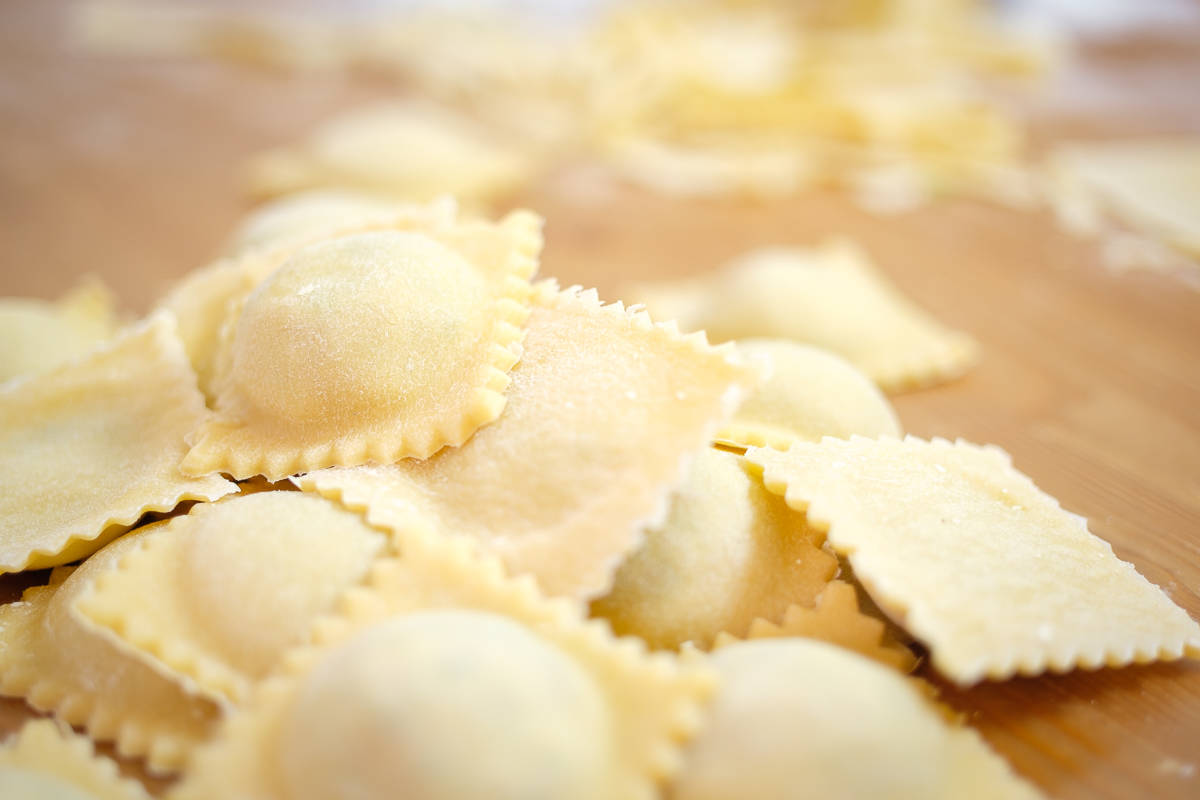
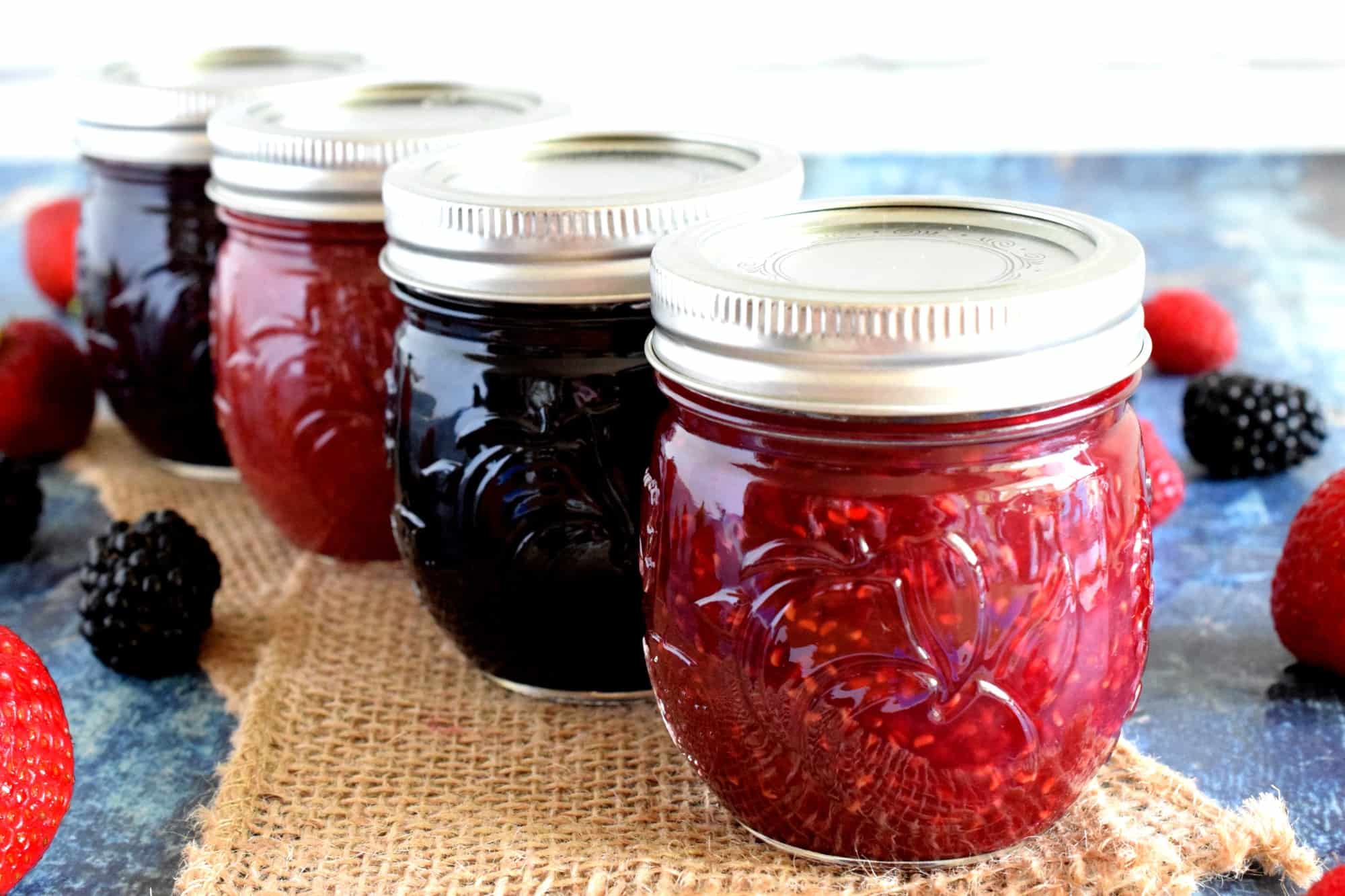
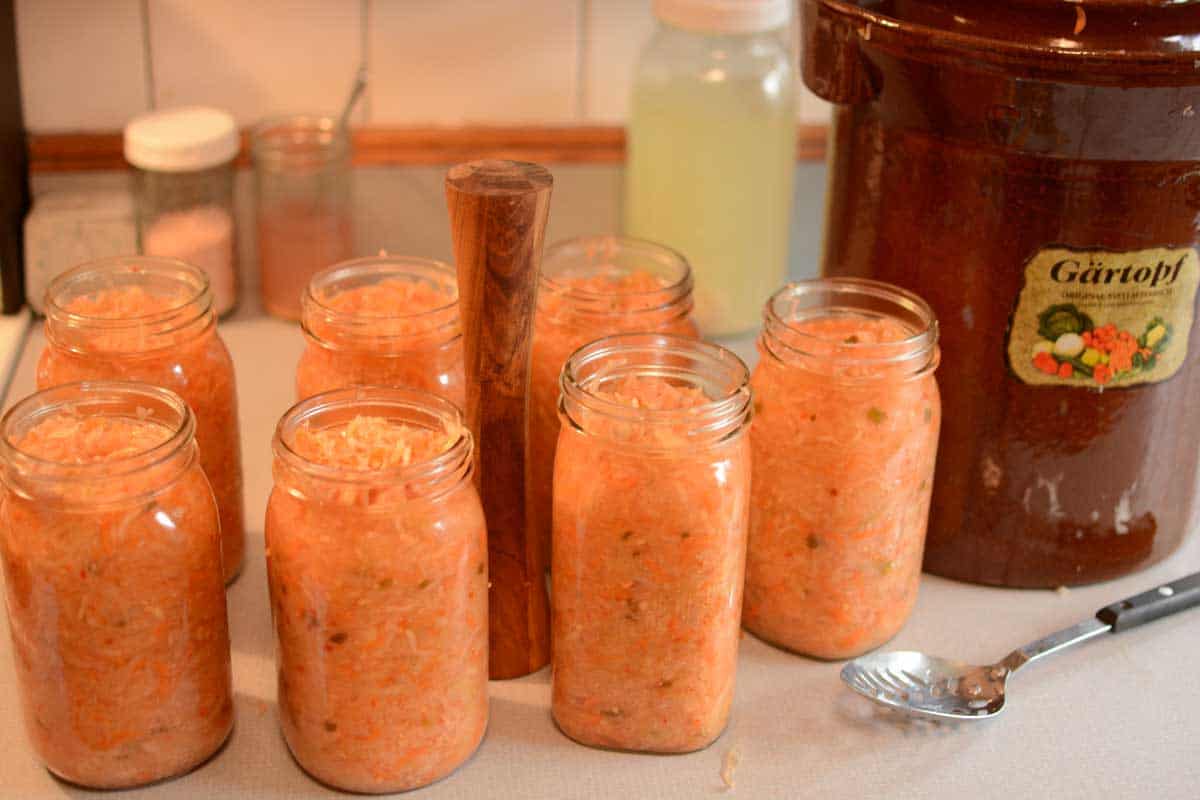
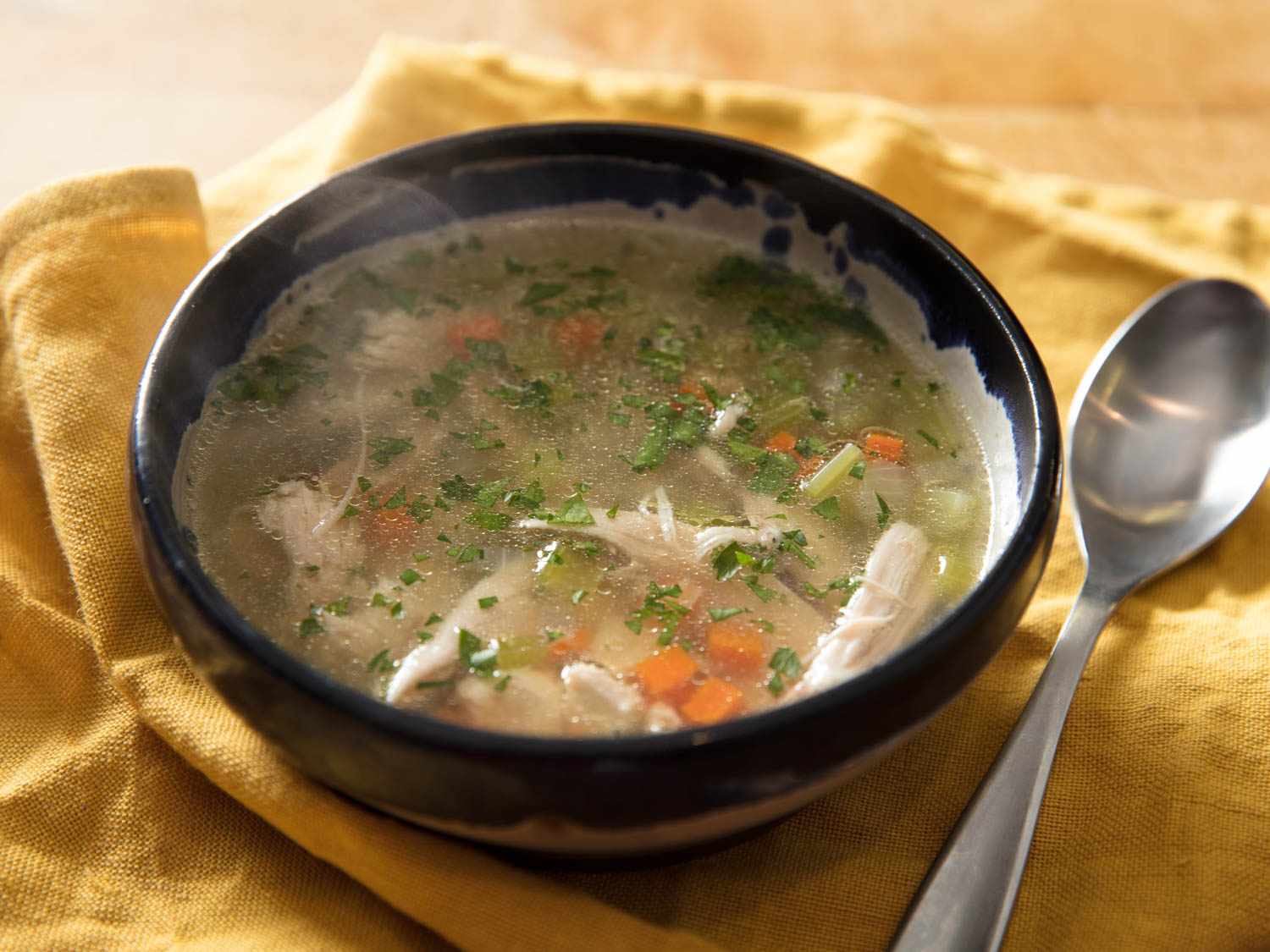
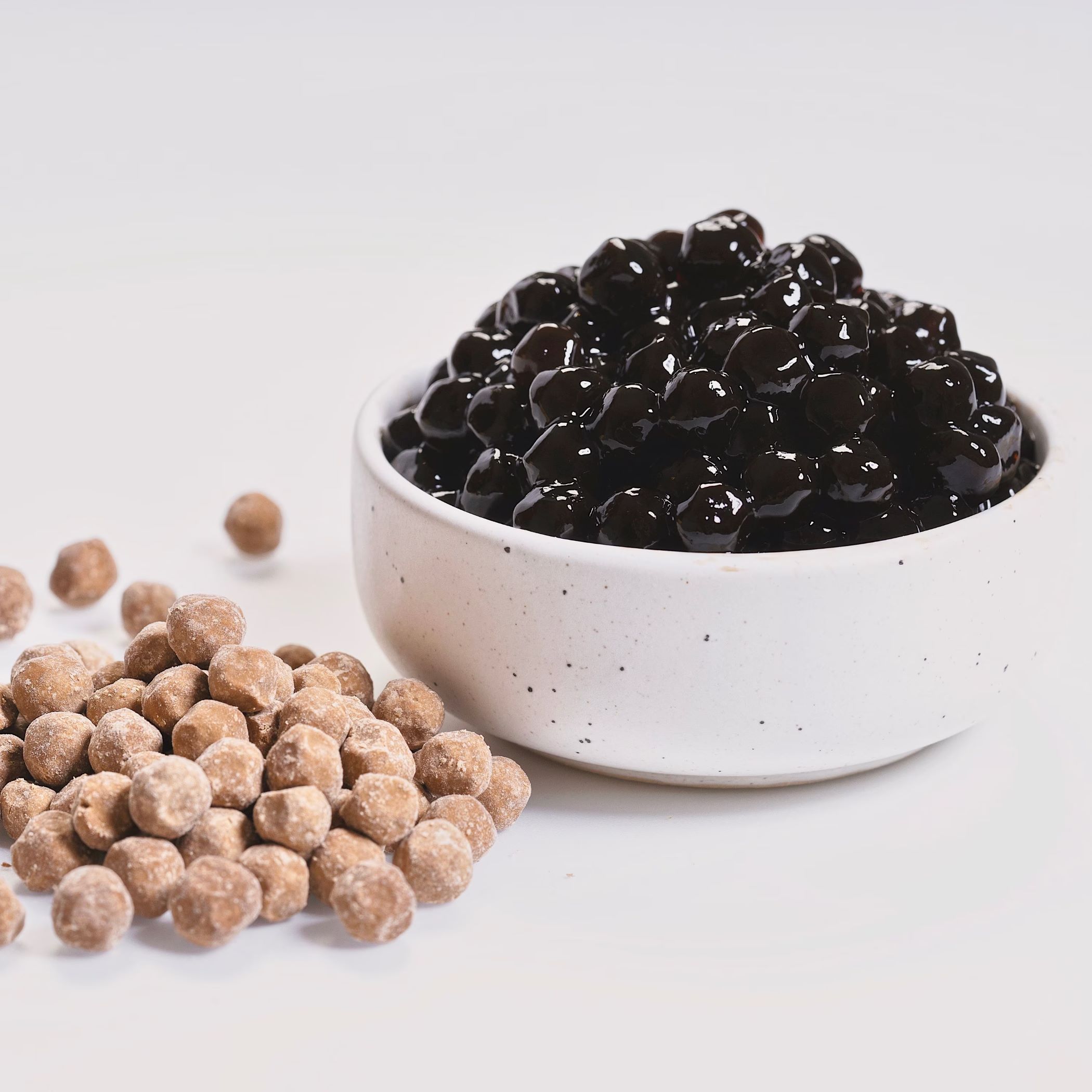
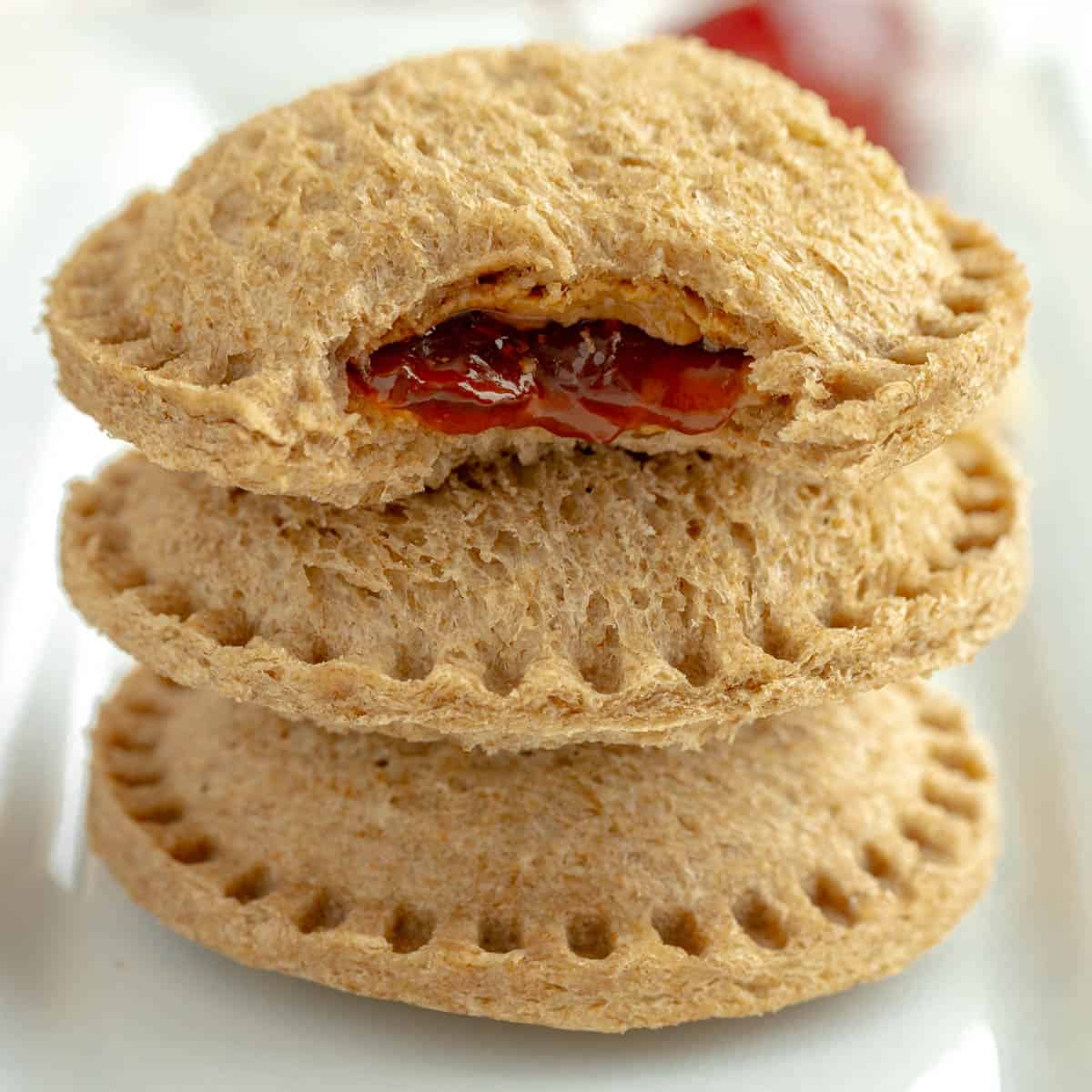
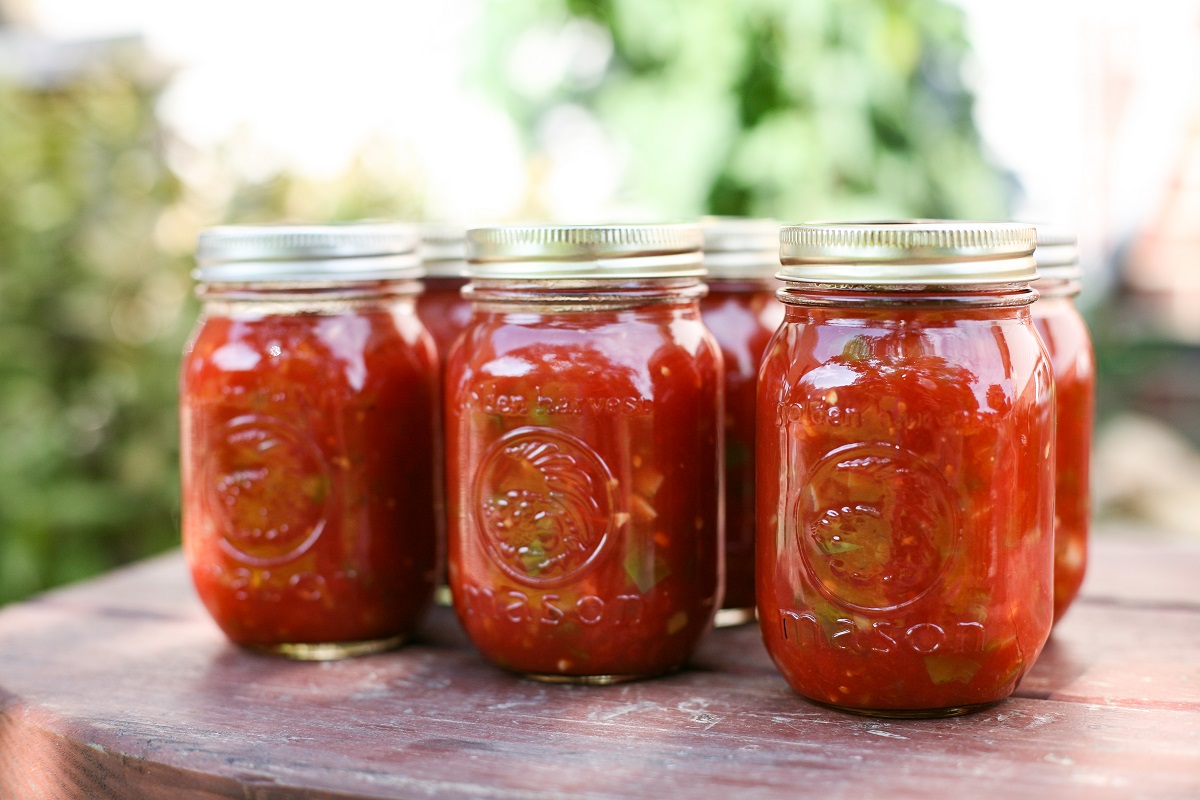
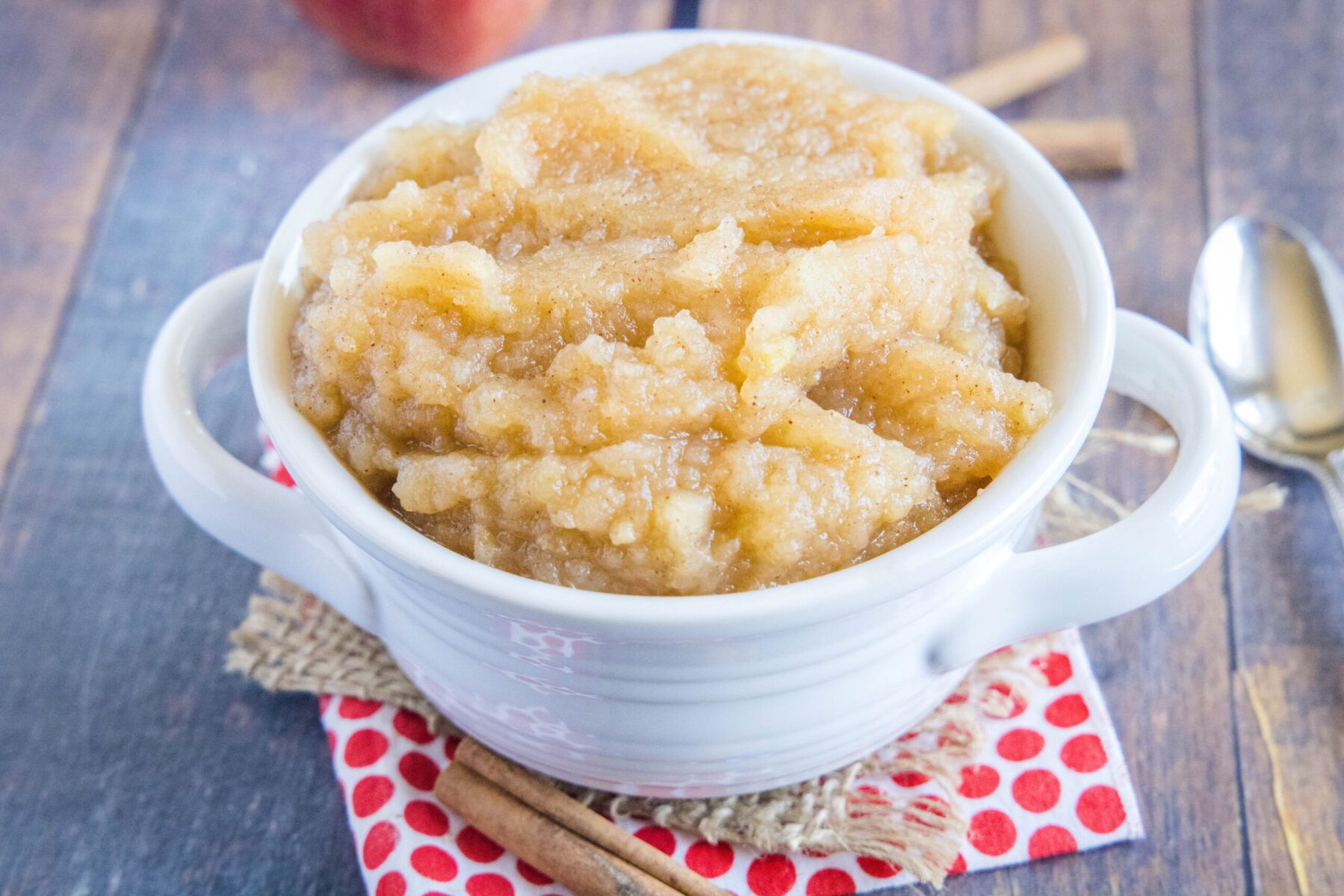
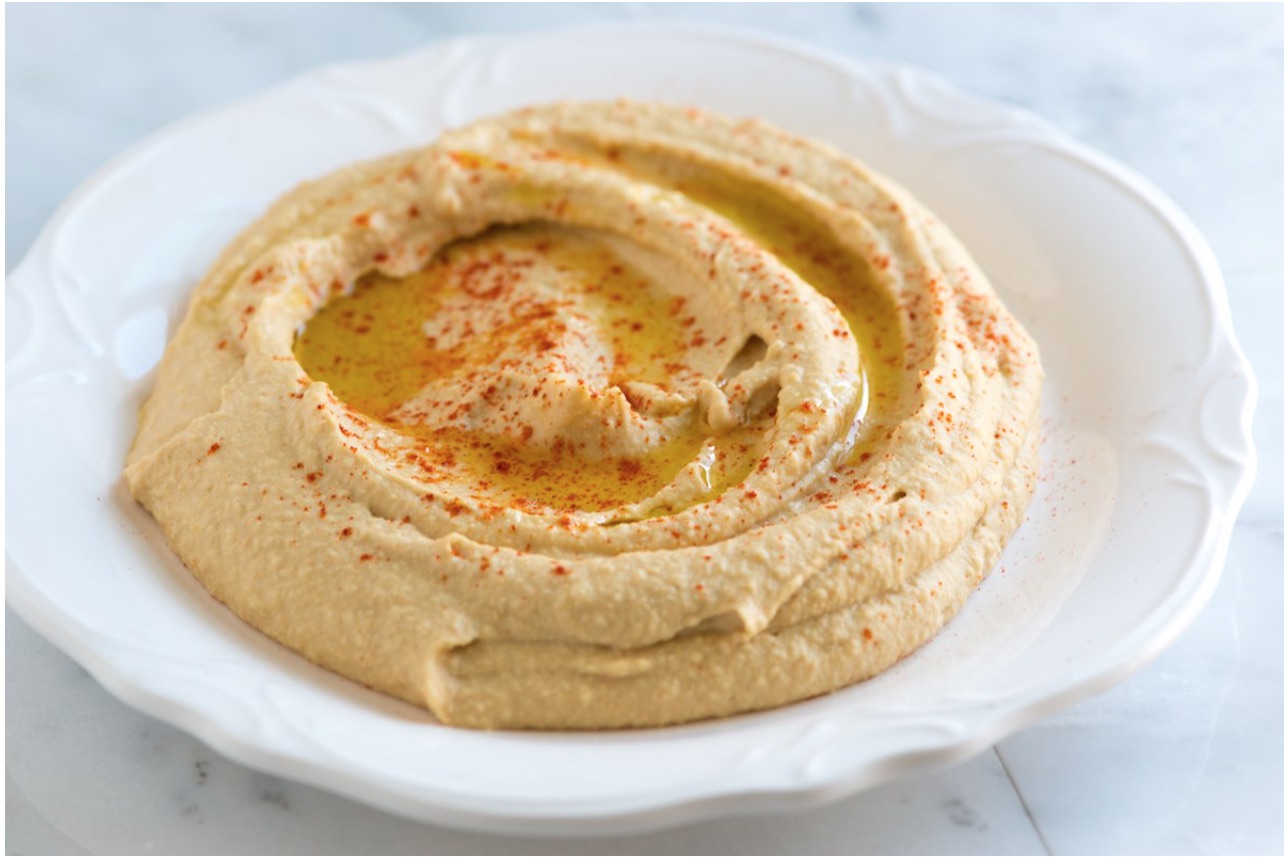
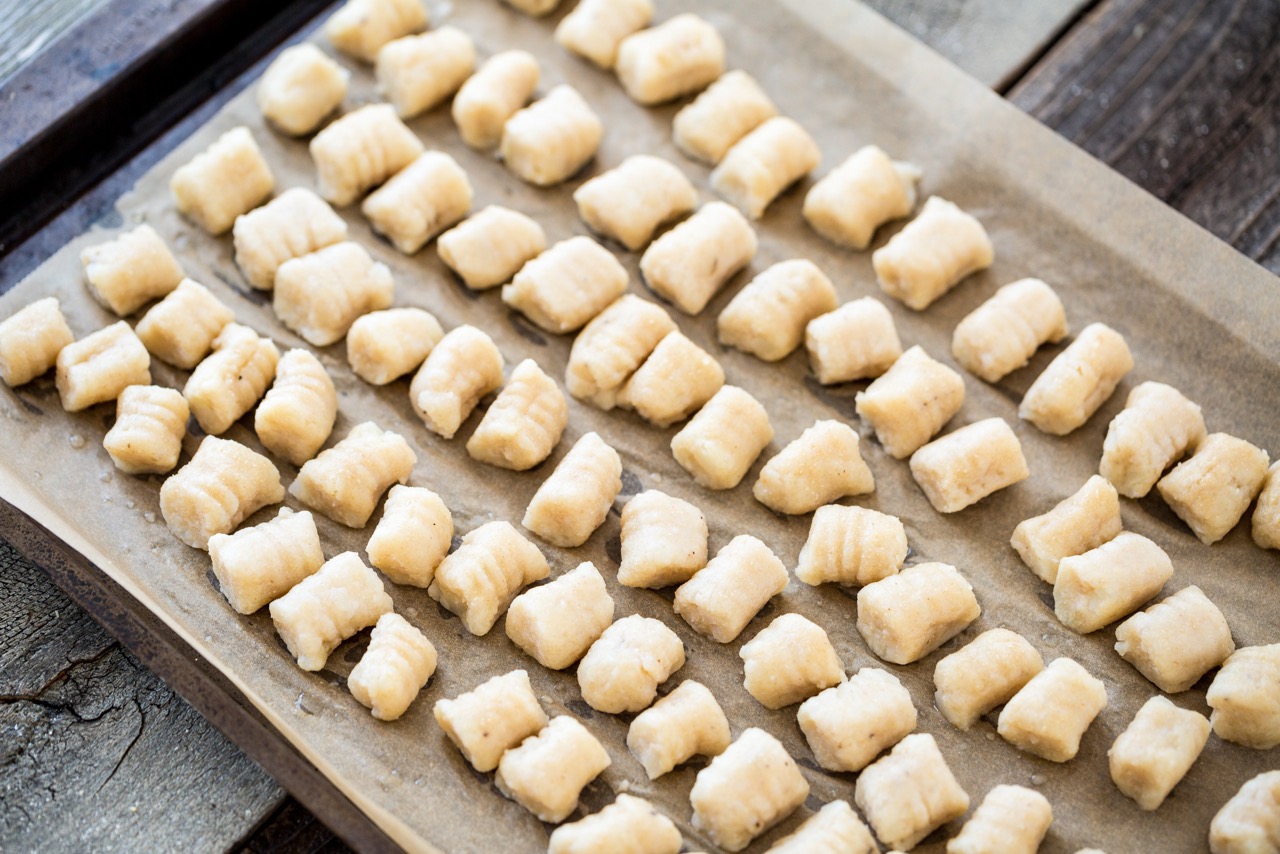
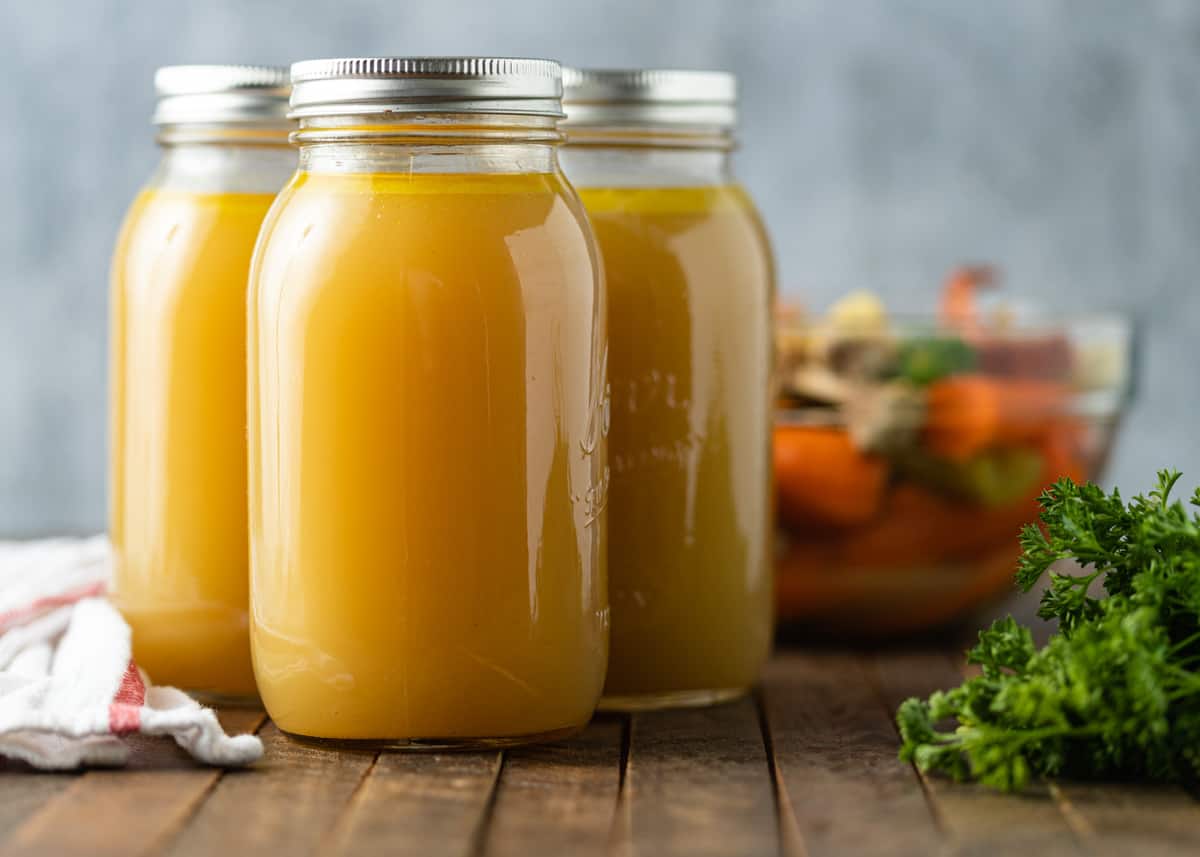
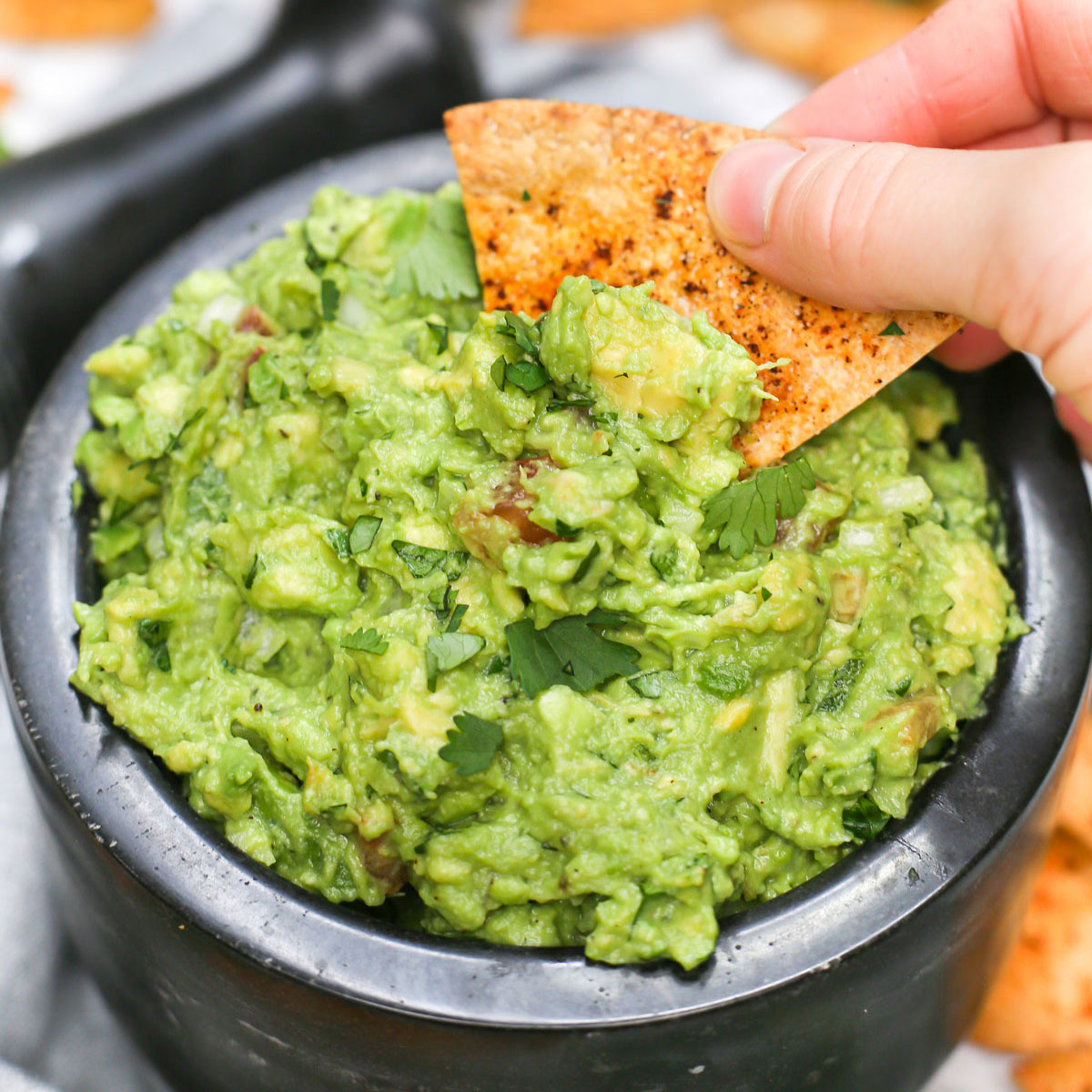


0 thoughts on “How To Store Homemade Baby Food”